Disney’s Animal-Inspired Modular Snapbot Hints at the Future of Robotics
Described as a “reconfigurable legged robot”, the Snapbot is a stunning development from the Disney Research team, a group whose purpose it is to inject scientific and technological innovation across the entire Walt Disney Company, movies, toys, and theme park rides alike.
Looking at this, we’d say they’re fulfilling that brief!
Comprising of a main hexagonal body (housing a 7.2V lithium-ion battery and OpenCM9.04 microcontroller), this 3D printed bot and its six legs can automatically reconfigure based on the number of legs that are attached, and the landscape. With the legs arranged in a radial pattern (connected magnetically, one on each side of the hexagon), they each can move in three ways:
- Roll-pitch: a twisting action.
- Yaw-pitch: a pulling action.
- Roll-yaw pitch: a combination of both.
Each foot is coated in a rubber tip to aid with movement, while the 3D printed legs use Dynamixel XL-320 position-controlled servos. Meanwhile, an embedded algorithm constantly checks the robot’s configuration, adjusting how it moves when changes are detected. All of this means that when the robot is “injured”, it can instantly adapt to its new conditions.
The research team took its inspiration for the Snapbot from nature, specifically those creatures that have the ability to adapt to radically changing physical circumstances. For instance, insects can continue to walk after losing a leg; starfish can lose a limb to escape a predator, only to grow a replacement later. At a software level, the Snapbot is based on previous robots that have employed machine learning to adapt to varying environments and configurations.
Whether the Snapbot will ever have any practical applications isn’t clear, but we think you’ll agree that this is a stunning piece of engineering. There’s also the implication via its 3D printed origins that any DIYer could build something very similar.
Going forward, it seems that work will continue on the Snapbot. “We are planning to make Snapbot learn how to locomote using reinforcement learning or evolutionary algorithms. For this, other sensors including a camera will be attached either to Snapbot or externally,” say the researchers.
Find out more by reading the Disney Research paper on Snapbot.




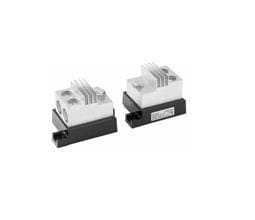
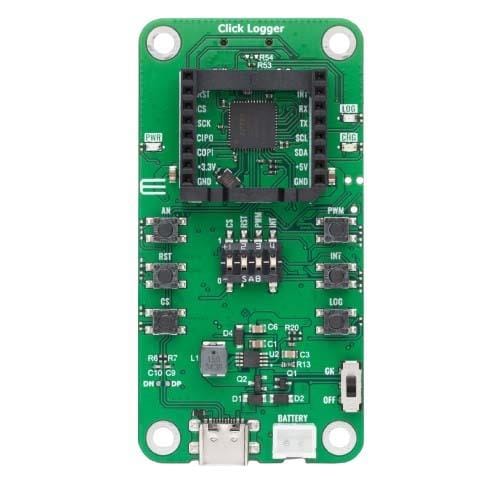
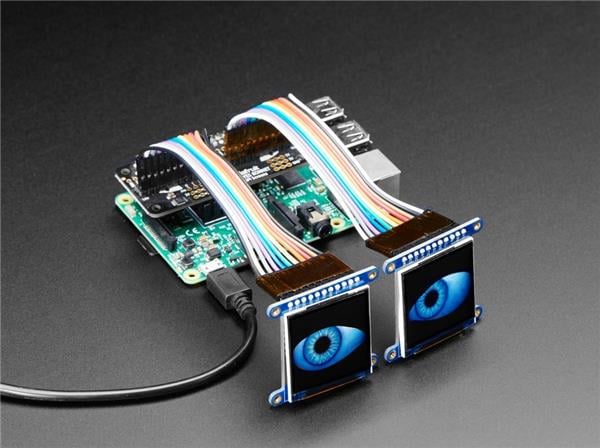
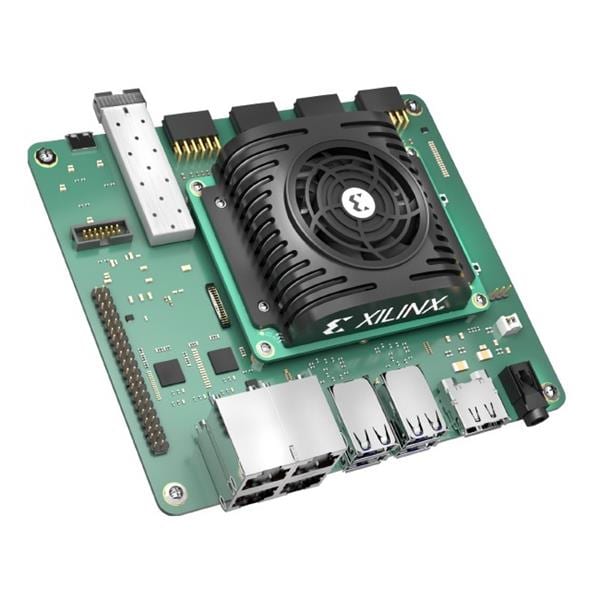
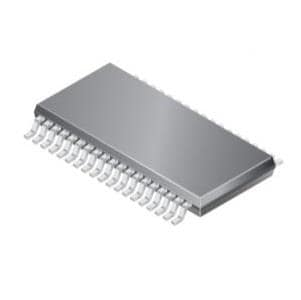

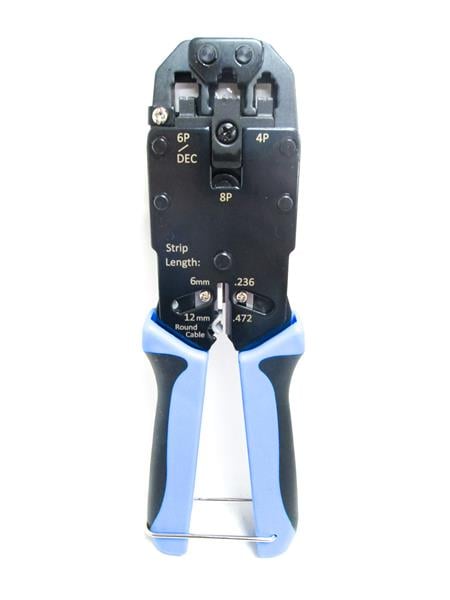
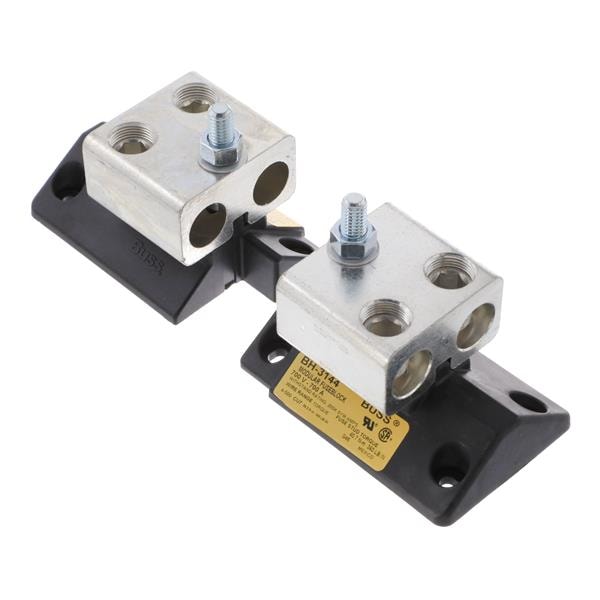





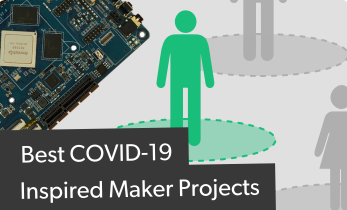
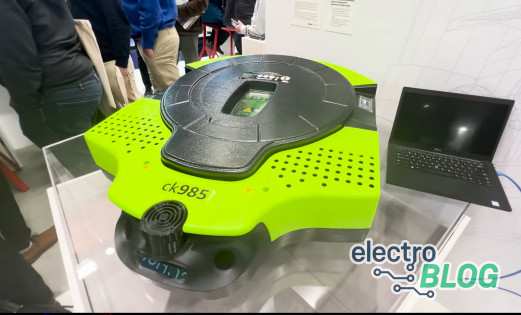
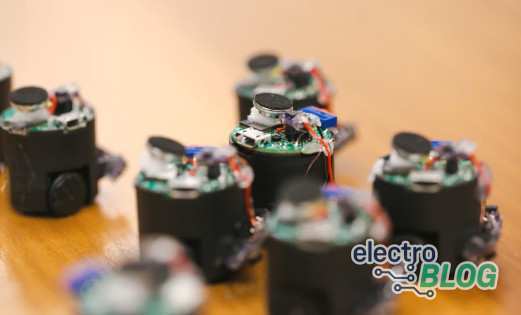

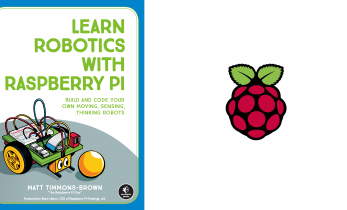
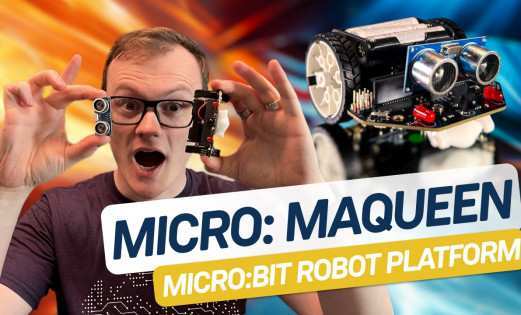
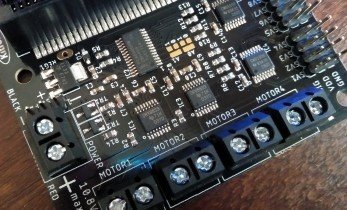
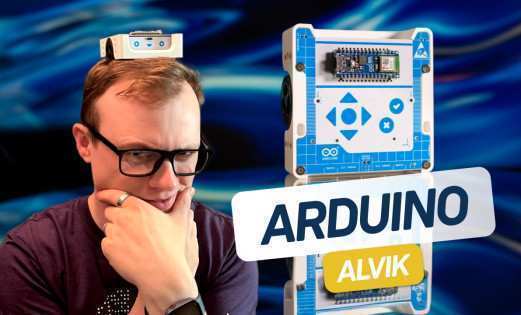


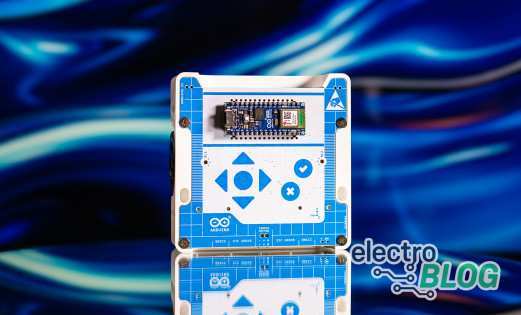



Leave your feedback...